Let’s take a look at practical methods for optimizing content on e-commerce websites and blogs, shall we? I would say yes, as it is certainly useful for any SEO manager to understand what types of content work best. What do I mean by “the best”? The data-driven content that both Google and the audience like.
By the way, we at Serpzilla have recently started a series on our YouTube channel on how to rock SEO which you are most welcome to watch.
You can create content based on your experience or experts’ recommendations, or by reading guides and articles online, or using ChatGPT and the like. You can also discuss strategies with colleagues. However, these approaches are often case-specific, and it’s hard to predict what will truly work for your site. Technology can assist in this endeavor. By gathering data from various sources about your site’s performance and content, you can get valuable insights into what you can improve, what’s working better, and what you can implement.
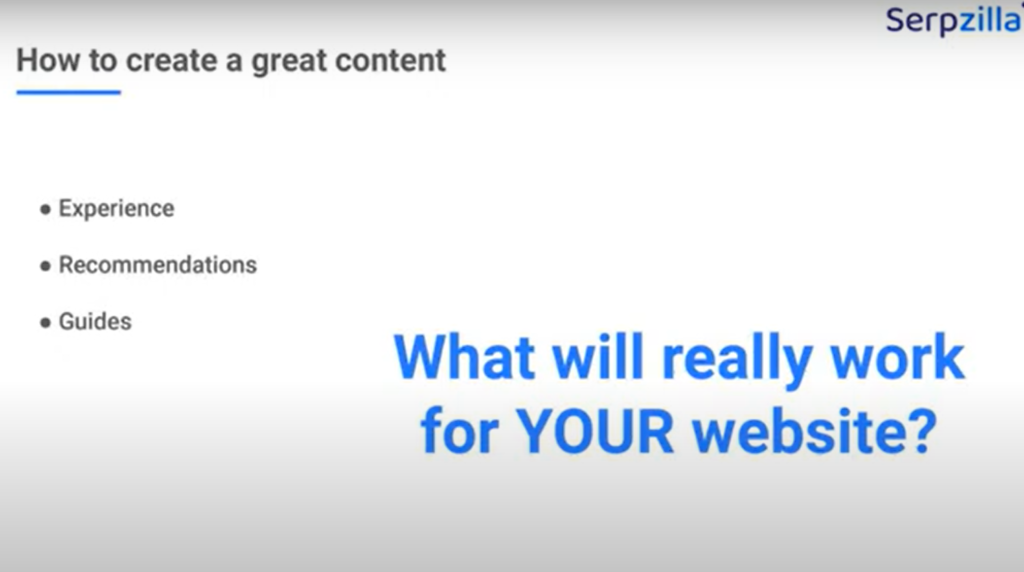
Effective Content Types for SEO
It is extremely important to set clear goals beforehand. To do so, you need to understand which content types yield the best results.
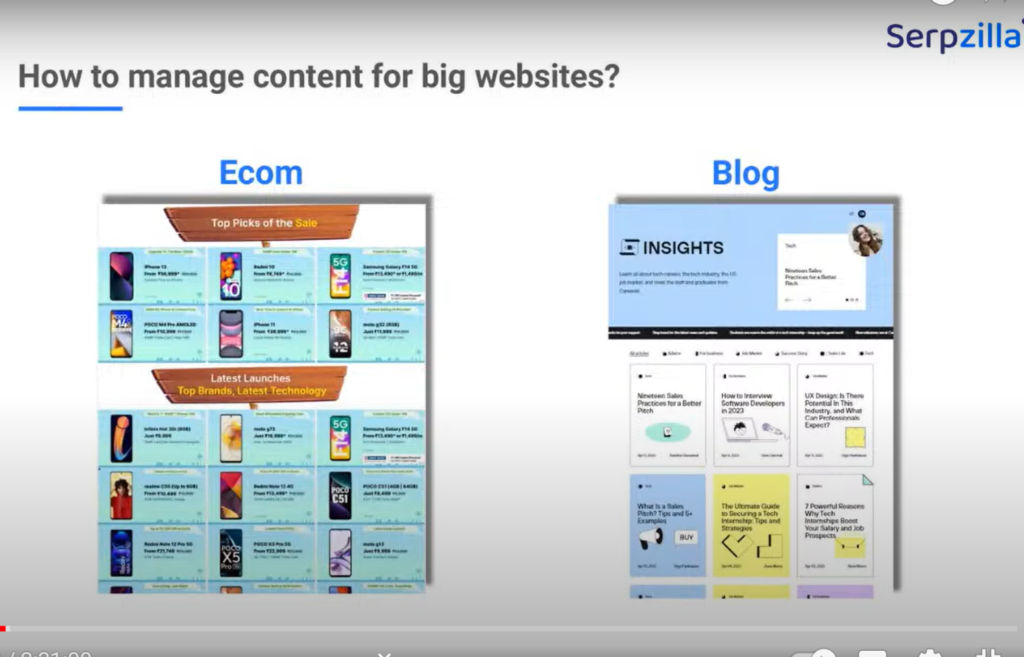
Common content forms include text descriptions, images, and videos. For e-commerce sites, product pages are particularly important. Here’s how to optimize them effectively:
Optimal Use of Photos
A well-optimized product page typically requires multiple high-quality photos. However, there is a balance to strike—too few photos won’t engage users, while too many can slow down your site. Analyzing the performance of product pages with varying numbers of photos can provide insights. For instance, pages with at least four photos often achieve higher search visibility compared to those with fewer images.
Incorporating Videos
Videos can also enhance user engagement and improve SEO. Of course, they come with production costs, so it is a point to consider. Is it worth it? Nobody can be 100% sure without trying, so I suggest – test it. Create two sets of product pages — one with videos and one without. Then compare their search visibility and conversion rates. Collect the right data, and you’ll have your answer. Typically, product pages with videos receive a significant boost in search visibility, sometimes nearly doubling it.
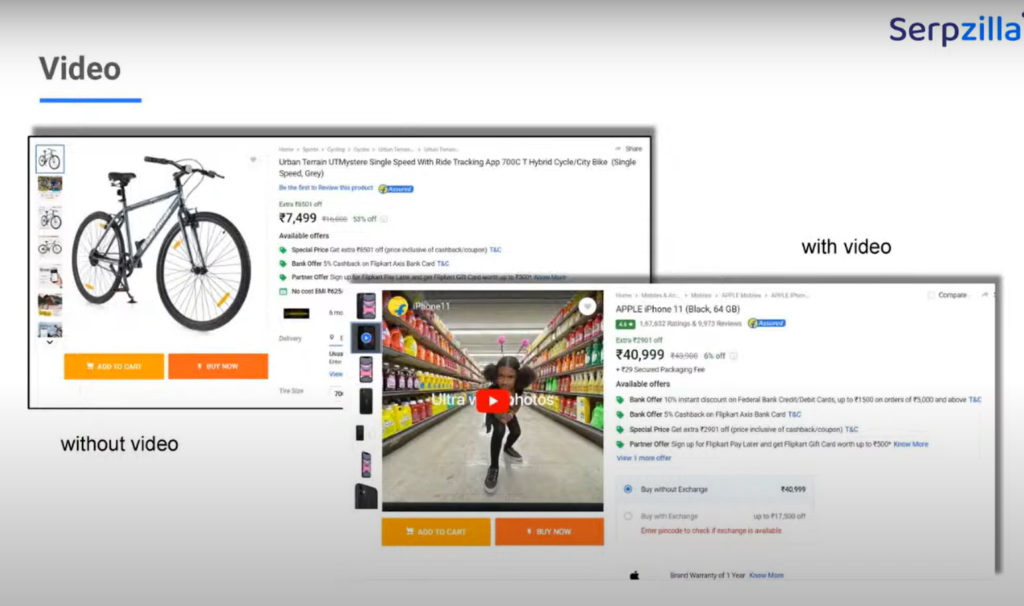
Advanced Content Strategies
Beyond basic text, photos, and videos, other advanced content strategies can further improve SEO.
Utilizing 3D Models
Integrating 3D models into product pages can also enhance user experience and SEO performance. Similar to videos, you should test this by comparing pages with and without 3D models. Generally, pages with 3D models show increased search visibility, which can justify the additional development costs.
Gathering Reviews
To build trust, you’d need customer reviews. The number of reviews can directly impact search visibility. To determine the optimal number of reviews, analyze groups of product pages with varying review counts. Typically, pages with around 100 or more reviews perform better in search results.
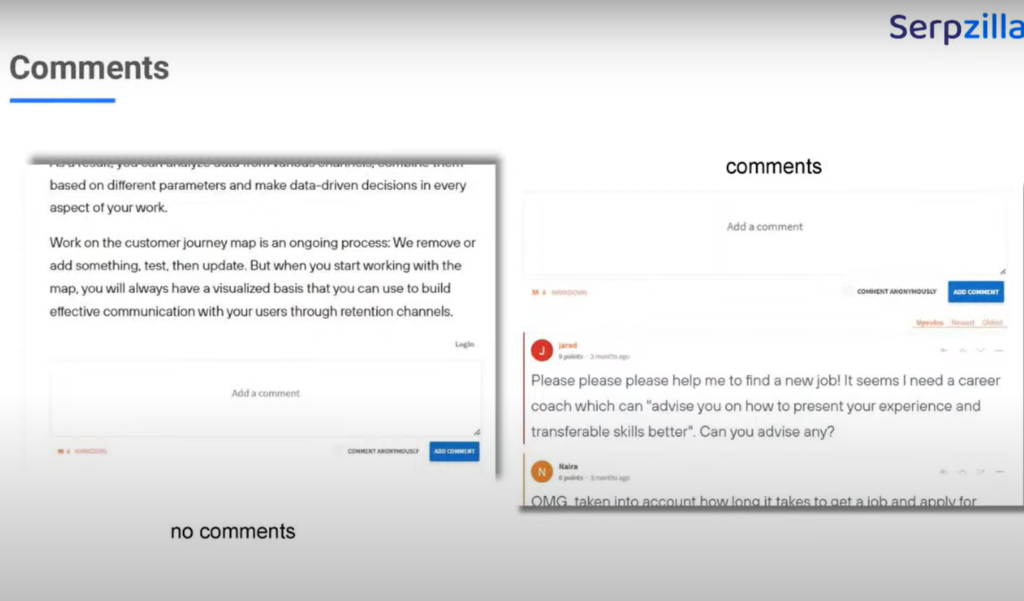
Measuring Content Performance
To evaluate the effectiveness of content modification, use technology to create and compare different groups of pages. Track metrics. Look at search visibility, organic traffic, and conversion rates. This will allow you to understand the impact of each type of content, which means you’ll be better prepared to make informed decisions about future investments.
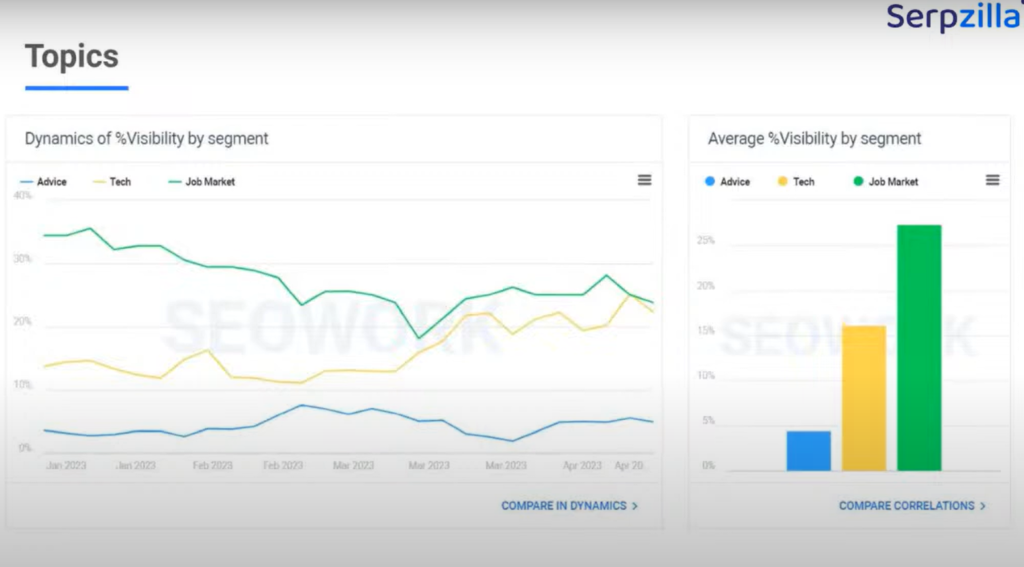
Optimizing Blog Content
Blogs are another area where content quality and SEO go hand in hand. The key challenges for bloggers include identifying attractive topics and determining which article types perform best.
Here’s how to optimize blog content:
Evaluating Copywriting Teams
Content can be produced by different teams or authors, each with varying levels of effectiveness. To measure this, compare the performance of articles written by different groups. For example, you might compare an in-house team’s content with that produced by an agency. By analyzing metrics such as search visibility over a few months, you can determine which team delivers better results and decide whether outsourcing is a viable option.
Testing Different Content Types
Just as with e-commerce, testing different types of content in blogs is crucial. Articles can be enhanced with photos, videos, author bios, and comments. Running tests to compare the performance of articles with and without these elements can provide valuable insights. For instance, adding comments to blog posts often increases search visibility, making it beneficial to encourage reader interaction.
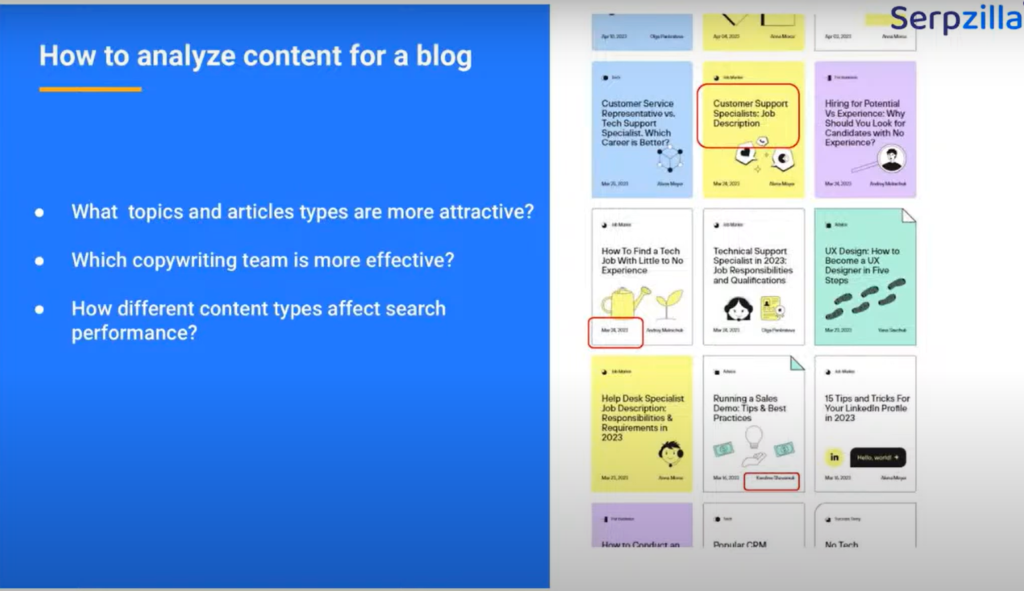
Identifying Popular Topics
To discover which topics attract the most traffic, create groups of articles based on different topics and compare their performance. Analyzing search visibility and traffic data can reveal which topics are most effective. And this will guide your future content creation efforts.
Conclusion
Whether you’re optimizing an e-commerce site or a blog, the key is to continually test, analyze, and refine your content strategies. Do so, and your content will effectively drive traffic and conversions.








